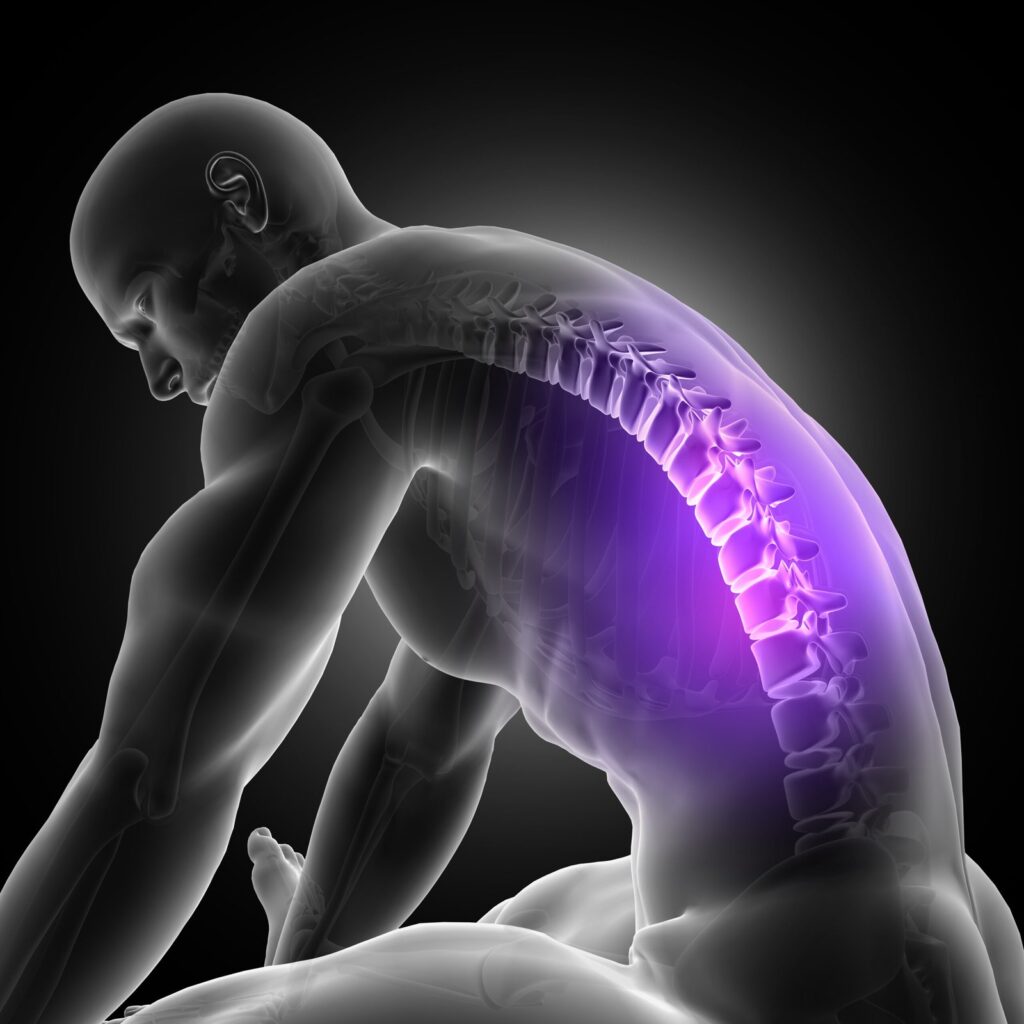
What is Pelvic Girdle Pain? | RED Physiotherapy Milton Keynes & Northampton
SEO Meta Description:
Experiencing pelvic girdle pain during pregnancy? Learn how physiotherapy and manual therapy at RED Physiotherapy in Milton Keynes & Northampton can help relieve discomfort and improve mobility.
Introduction
Have you ever moved house and struggled with carrying heavy boxes, feeling that persistent lower back pain for days? Now imagine that discomfort amplified, occurring throughout pregnancy—that’s pelvic girdle pain (PGP).
PGP is a condition that affects the lower back and pelvis, causing discomfort that can extend to the upper thighs and perineum. While it is common during pregnancy, it can be highly disruptive, making simple tasks like walking, sitting, or standing painful.
Understanding Pelvic Girdle Pain
Pelvic girdle pain (PGP) is caused by instability or dysfunction of the pelvic joints, leading to discomfort in the sacroiliac joints, pubic symphysis, and surrounding muscles. Hormonal changes, increased ligament laxity, and altered biomechanics during pregnancy contribute to its development.
Symptoms of Pelvic Girdle Pain
Every woman experiences pelvic girdle pain differently. Some may feel mild discomfort, while others may endure severe pain that affects daily activities. Common symptoms include:
- Pain in the lower back, pelvis, or hips
- Discomfort that spreads to the upper thighs or perineum
- Difficulty standing, walking, or climbing stairs
- Clicking or grinding sensations in the pelvic joints
- Pain that worsens with movement or prolonged sitting
If left untreated, pelvic girdle pain can persist even after pregnancy, making early intervention crucial.
Who is at Risk of Pelvic Girdle Pain?
Not all women experience PGP, but some are more at risk than others. You are more likely to develop pelvic girdle pain if:
- You have a history of lower back pain or previous pelvic injuries
- You experienced PGP during a past pregnancy
- You have a physically demanding job or lifestyle
- There is an underlying joint hypermobility condition
- You have a history of trauma or fractures affecting the pelvis
- You have weak core and gluteal muscles, leading to instability
Early assessment by a specialist physiotherapist can help prevent pelvic girdle pain from becoming severe.
How Can Physiotherapy Help Pelvic Girdle Pain?
The good news is that physiotherapy and manual therapy are highly effective in managing pelvic girdle pain. At RED Physiotherapy in Milton Keynes & Northampton, our specialist physiotherapists offer a range of treatments, including:
1. Manual Therapy
- Soft-tissue massage to relieve muscle tension
- Joint mobilisation to improve pelvic alignment and reduce discomfort
- Myofascial release techniques to enhance mobility
- Kinesio taping for additional pelvic support
2. Exercise Therapy
- Strengthening exercises for core stability and pelvic support
- Gentle stretching to improve flexibility and reduce stiffness
- Personalised movement programmes to prevent further discomfort
- Antenatal Pilates to improve pelvic alignment and muscle control
3. Lifestyle and Postural Advice
- Safe movement strategies to reduce strain on the pelvis
- Guidance on correct posture during pregnancy
- Advice on sleeping positions and supportive equipment
- Ergonomic adjustments to minimise discomfort while working
All physiotherapy treatments are safe and effective throughout pregnancy.
Self-Care Tips for Managing Pelvic Girdle Pain at Home
While physiotherapy is highly effective, there are several self-care techniques that can help manage symptoms at home:
- Use a pregnancy support belt to stabilise the pelvis and reduce strain
- Apply heat packs to relax tense muscles and improve circulation
- Avoid heavy lifting and sudden twisting movements
- Sleep with a pillow between your knees for proper pelvic alignment
- Wear supportive footwear to maintain stability and reduce pressure
- Engage in water-based exercises such as swimming for low-impact movement
FAQs About Pelvic Girdle Pain
Q: Can pelvic girdle pain affect my labour and delivery?
A: In some cases, severe pelvic girdle pain may make certain labour positions uncomfortable. However, working with a specialist physiotherapist can help prepare your body for childbirth and improve pelvic function.
Q: Does pelvic girdle pain go away after pregnancy?
A: For many women, PGP symptoms improve postpartum as hormone levels stabilise. However, some women may experience lingering discomfort, which can be managed effectively with postnatal physiotherapy.
Q: How soon should I see a physiotherapist for pelvic girdle pain?
A: It’s best to seek physiotherapy treatment as soon as symptoms arise to prevent worsening pain and mobility issues.
Why Choose RED Physiotherapy for Pelvic Girdle Pain?
At RED Physiotherapy Milton Keynes & Northampton, we provide specialist care tailored to the unique needs of pregnant women. Our approach includes:
- One-on-one physiotherapy sessions designed for pregnancy comfort
- Personalised treatment plans that evolve as your pregnancy progresses
- Evidence-based physiotherapy techniques to ensure long-term relief
- Holistic support that includes exercise, manual therapy, and education
Conclusion
Pelvic girdle pain can be frustrating, but with the right physiotherapy treatment, you can manage and reduce discomfort effectively. If you are experiencing pelvic girdle pain in Milton Keynes or Northampton, book a session with RED Physiotherapy today and take the first step towards pain relief and better mobility.
Contact us now to schedule your consultation and find relief from pelvic girdle pain!

